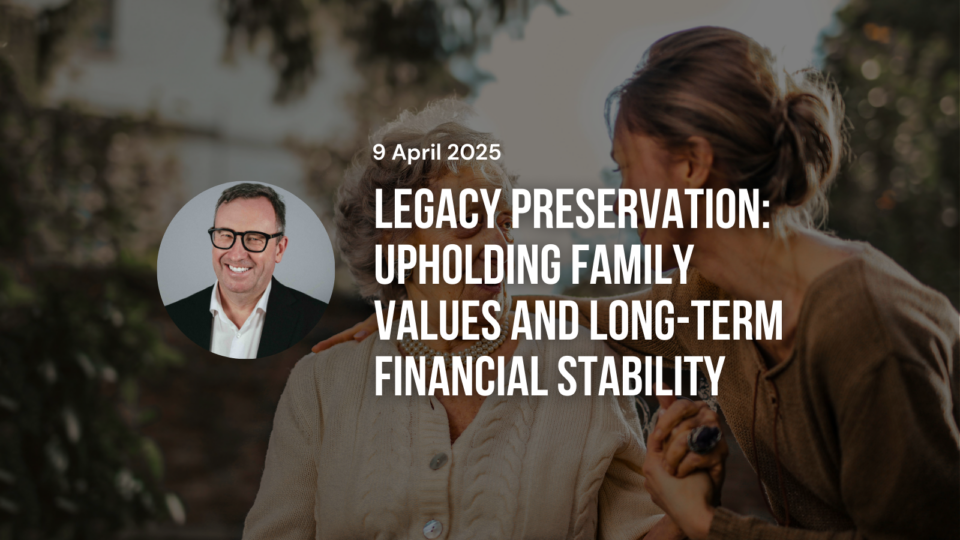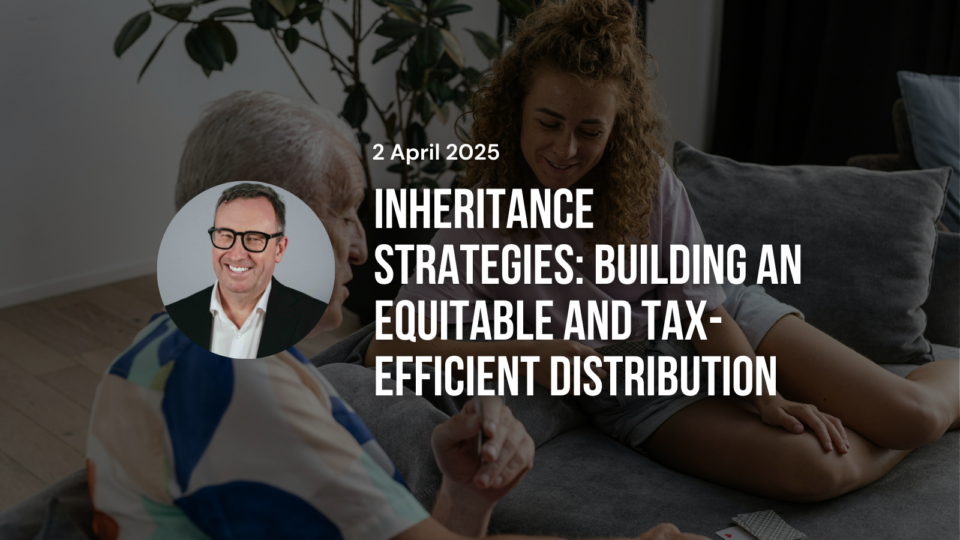

By Rachel Waterhouse, CEO, Australian Shareholders’ Association
01 November 2021
Five tips to build and maintain a solid retirement plan
A large proportion of ASA members have a solid retirement plan and are hopefully living well off their nest eggs. Even if you have successfully negotiated this difficult task, you need to stay alert not just for yourself, but also for family members who may still be in the wealth-building stage. Here are some tips to help you with this.
Start with a plan
Life after work is not something we always think about. But reliance solely on your employer’s contribution to building your superannuation may not be the most sensible approach. So, how should you prepare a retirement plan and determine what you’ll need to save to retire comfortably?
Retirement planning isn’t a one-off, “set and forget” activity, but a multistep process that evolves over your working life and into retirement. If you desire to live a comfortable, secure, and fun retirement (who doesn’t?) – going to fancy restaurants, taking the occasional overseas cruise, and buying something you like rather than you need – you’ll want to build a financial cushion that will fund it all.
In other words, you’ll need to get serious and do the planning now, so that you can enjoy it later. You need to think about your retirement goals, work out how long it will take you to meet them, and develop an investment strategy designed to get you there.
Here are the five steps everyone should take, no matter their age, to build and maintain a solid retirement plan:
1. Ensure your super is performing well.
Super is likely to be one of your biggest assets by the time you retire, so this investment must be thriving. Don’t believe the advertising or stay with a fund because it’s too much hassle to move – consider the returns you receive compared with the fees you pay, look at the types of investments the fund has, determine how successful the investment strategy has been, and see how it stacks up against the competition.
To make this analysis easier, the Federal Government’s Your Future, Your Super reforms include a MySuper tool that enables you to understand how your fund is performing. You don’t have to stay with the fund you first joined. If you decide to move, consider whether a self-managed super fund, retail fund, or industry fund is best for you. Then, keep a close eye on its performance (at least twice a year).
2. Understand your time horizon.
How long do you have before you plan to retire? If you are 50 and plan to work until you are 65, you’ve only got 15 years left to maximise your nest egg. This means possibly having to spend less and save more, using salary sacrificing or direct contributions to build up your super. Or, you might have to stay working for longer. The more you save and invest now, the more comfortable your retirement will be.
3. Determine retirement spending needs.
Consider your ongoing living expenses when you retire and ensure you have set aside enough for them. The Federal Government’s Moneysmart website has some great tools to help you plan. It suggests: “If you own your own home, a rule of thumb is that you’ll need two-thirds (67%) of your pre-retirement income to maintain the same standard of living in retirement.” Plan a budget that identifies the types of expenses you may have in retirement.
Don’t think of how you live now, but how you are likely to live then (more medical expenses, regular overseas travel and even grandchildren’s school fees). As a guide, the Association of Superannuation Funds of Australia provides an industry retirement standard of how much you might need: ASFA Retirement Standard Comfortable Lifestyle Modest Lifestyle Single $44,412 a year $850 a week $28,254 a year $541 a week Couple $62,828 a year $1,203 a week $40,829 a year $782 a week
4. Calculate your investment returns and risks.
Consider the investment portfolio you will have in retirement and the rate of returns you will get. This will be your annual income and remember, you may still need to pay tax on that income. The goal is to have enough money coming in to fund your lifestyle. You’ll find that your investment strategy, and the risks you are prepared to take, will change as you age. Younger people tend to take more risks to get quick wins but, as we investors get closer to retirement, we tend to get more conservative.
At 30, you may be keen to invest in a tech industry IPO in the hunt for “10 baggers”, but you’re probably going to be more cautious at 60. Your strategy should be designed to adapt as you get older so that you reduce your risks and protect your portfolio. This will help you sleep at night too!
5. Stay on top of estate planning.
You’ve worked hard to build your investment portfolio. Ensure you protect it, especially if something unfortunate were to happen to you or your partner. Write a will, develop an estate plan, and, as with any financial plan, seek professional advice.
Check out our 20-part video series for help in this area. As we explain, retirement planning isn’t a quick process and needs careful consideration. But if you invest the time now, the only thing you’ll have to decide later is whether it will be Mai Tais or Mojitos on the quarter deck.
Help the rest of your family
As ASA members, you are engaged with building and protecting your wealth. I hope you can help family members think about and plan their retirement too. Investments to consider for your retirement portfolio include ETFs and LICs.
Our Virtual Investment Forum – Grow your portfolio through LICs and ETFs, explored the opportunities and challenges of these investments. At only $60 for the 12 recordings, this will be one of the best investment decisions you make all year. Get the recordings here.
Similar posts: Cracking the asset allocation conundrum





